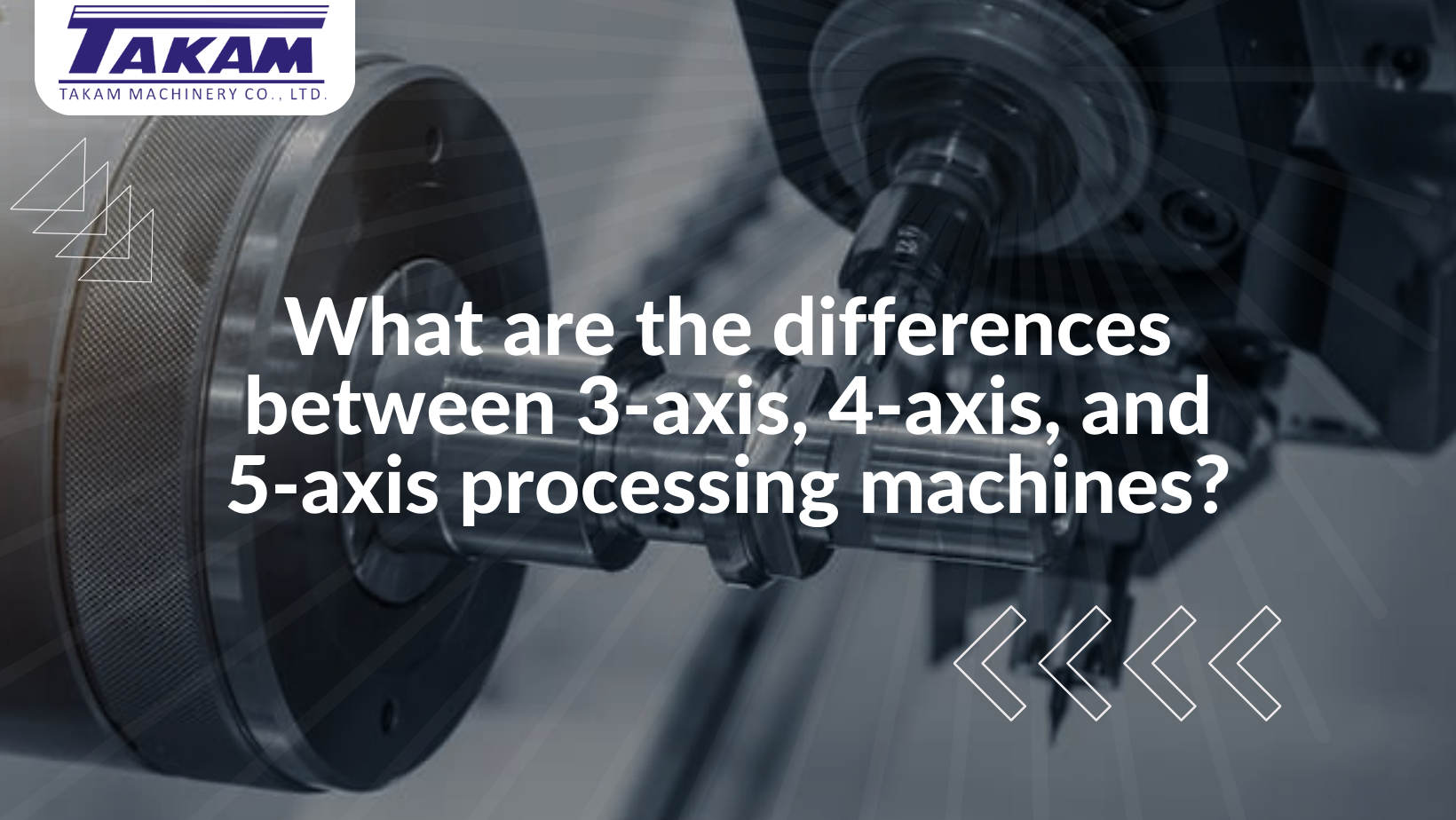What are the differences between three-axis, four-axis, and five-axis processing machines?
Three-axis, four-axis, and five-axis processing machines are types of CNC (Computer Numerical Control) machining centers used in manufacturing to shape and machine parts. The primary difference among these machines is the number of axes along which they can move and control the cutting tool. Here are the key distinctions between them:
Three-Axis Processing Machine:
Movement: A three-axis machine has three axes of movement—X, Y, and Z. These axes correspond to horizontal, vertical, and depth movements, respectively.
Cutting Orientation: In a three-axis machine, the cutting tool can move along these three linear axes. It can perform cutting operations in three directions, allowing for shaping and machining parts with relatively simple geometries.
Examples: Three-axis machines are commonly used for tasks like milling, drilling, and contouring in industries like woodworking, metalworking, and plastic fabrication. They are suitable for parts with flat or gently curved surfaces.
Four-Axis Processing Machine:
Movement: A four-axis machine has the same three linear axes (X, Y, Z) as a three-axis machine, plus an additional rotary axis (often labeled as A-axis or a rotational C-axis). This rotary axis allows the cutting tool to tilt or swivel while maintaining control over the other three linear axes.
Cutting Orientation: The additional rotary axis enables the machine to perform more complex cuts, such as undercuts and bevels. It is particularly useful for machining parts with features on multiple faces.
Examples: Four-axis machines are used in industries where more intricate geometries are required, such as aerospace, automotive, and mold making. They are suitable for parts with complex shapes and features that require multi-sided machining.
Five-Axis Processing Machine:
Movement: A five-axis machine has the same three linear axes (X, Y, Z) as a three-axis machine but includes two additional rotary axes (usually labeled as A and B axes). These rotary axes allow for a high degree of tool orientation flexibility.
Cutting Orientation: With five axes of movement, a five-axis machine can position the cutting tool at various angles and orientations relative to the workpiece. This allows for machining complex parts with intricate 3D contours, undercuts, and compound angles.
Examples: Five-axis machines are used extensively in industries like aerospace, medical device manufacturing, and high-precision machining. They are essential for producing complex parts such as turbine blades, impellers, and aerospace components with curved surfaces and intricate features.
In summary, the key differences between three-axis, four-axis, and five-axis processing machines are the number of axes of movement and the resulting capabilities for machining complex parts. As you progress from three-axis to five-axis machines, you gain more control over the tool's orientation, enabling the machining of increasingly complex and intricate components. However, these machines also tend to be more complex and costly to operate and maintain. The choice of machine depends on the specific requirements of the parts being produced and the complexity of the machining operations involved.


 简体中文
简体中文








